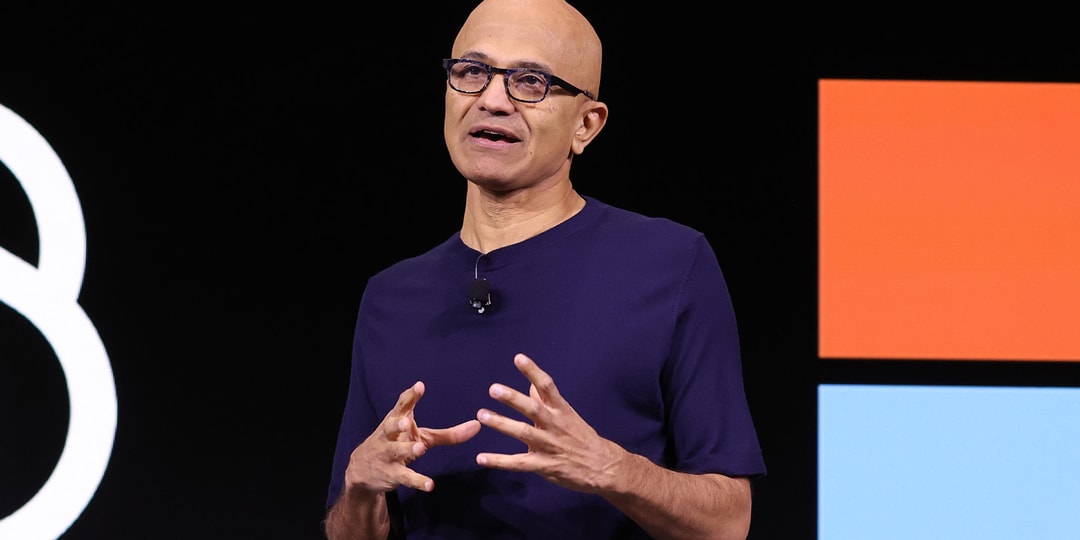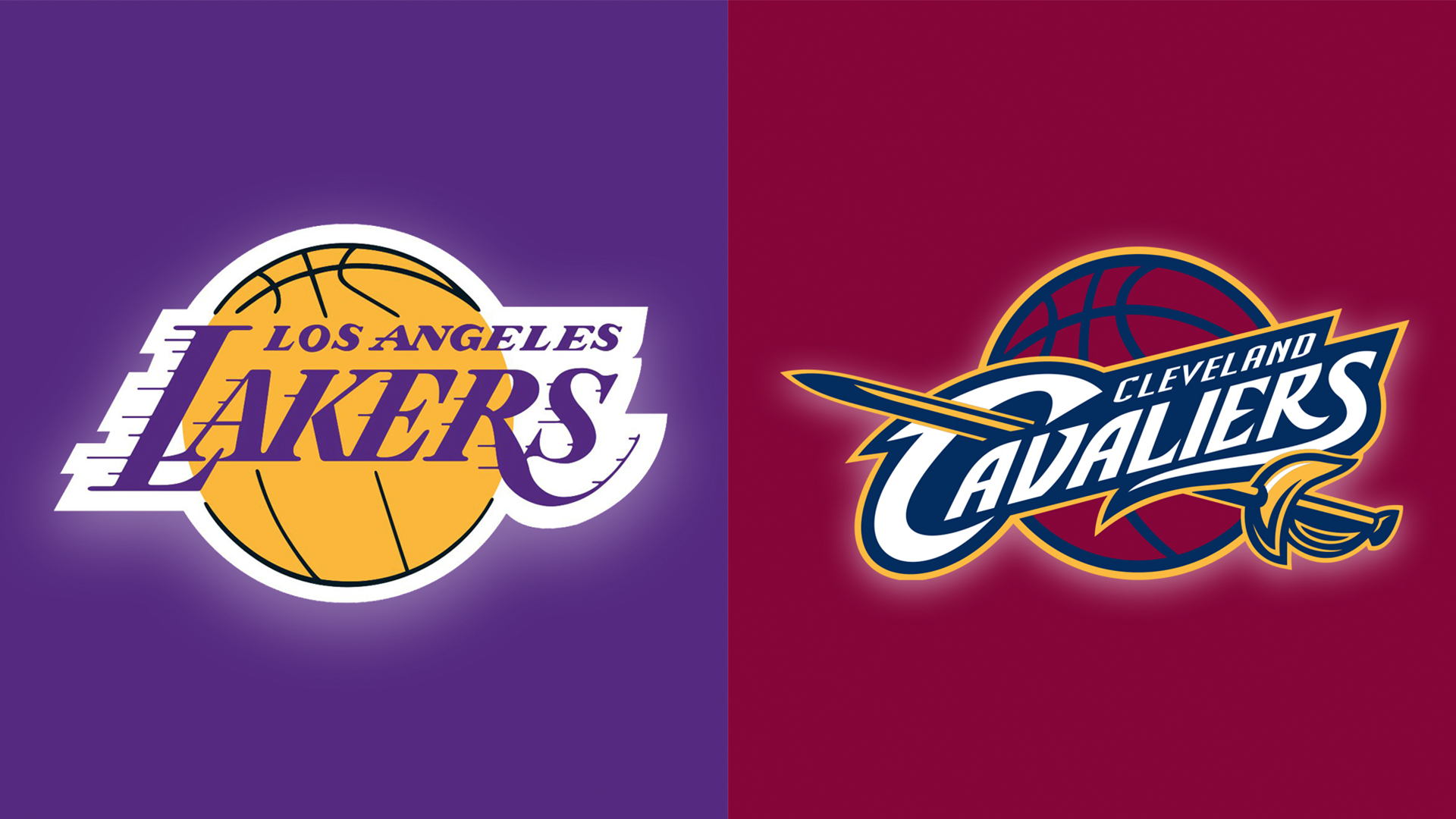Is The AI Partnership Between Altman And Nadella Fracturing?

Table of Contents
Increasing Competition in the AI Market
The rapid growth of generative AI has intensified competition amongst tech giants, creating pressure on the Altman-Nadella partnership. Microsoft's heavy investment in OpenAI, providing exclusive access to cutting-edge models like GPT-4 and integrating them into its Azure cloud computing platform, gives it a significant advantage. However, other companies like Google, Meta, and Amazon are rapidly catching up, developing their own powerful large language models (LLMs) and competing for market share in the burgeoning AI industry.
- The rise of alternative LLMs: The success of models like Google's PaLM 2 and Meta's LLaMA poses a direct challenge to OpenAI's dominance, potentially impacting the exclusive nature of their partnership.
- Competition for talent: The fierce competition for skilled AI researchers and engineers puts pressure on both Microsoft and OpenAI to retain top talent, potentially leading to internal conflicts or resource allocation disputes.
- OpenAI API market share: While the OpenAI API remains a significant revenue stream, increasing competition from alternative APIs could erode its market position and impact the financial viability of the partnership.
- Cloud computing competition: Microsoft's Azure platform benefits immensely from the integration of OpenAI's technology. However, competing cloud providers are aggressively pursuing AI capabilities, potentially reducing Azure's competitive edge.
Differing Strategic Visions for AI Development
Beyond the immediate market pressures, differing long-term visions for AI development could be creating friction between Altman and Nadella. While both are committed to advancing AI, their approaches to ethical considerations and responsible AI development might diverge.
- AI safety and ethics: OpenAI has publicly emphasized the importance of AI safety and responsible AI development. However, the rapid pace of innovation driven by market competition might clash with a more cautious approach prioritizing safety.
- Regulatory concerns: The global regulatory landscape for AI is rapidly evolving, with potential for differing interpretations and compliance strategies between Microsoft and OpenAI, leading to conflict.
- Long-term vision discrepancies: Altman’s focus on fundamental AI research might differ from Nadella's emphasis on integrating AI into Microsoft’s existing product ecosystem, potentially causing strategic disagreements.
- Pace of innovation versus responsible development: The tension between the speed of innovation and the need for responsible AI development could create disagreements on resource allocation and product release schedules.
Financial and Intellectual Property Concerns
The financial underpinnings of the Microsoft-OpenAI partnership are crucial to its long-term success. However, the rapidly changing dynamics of the AI market and the valuation of OpenAI could introduce points of contention.
- Investment terms and revenue sharing: The specifics of the initial investment and subsequent funding rounds could become points of negotiation as OpenAI's valuation fluctuates and its profitability evolves.
- Intellectual property rights: Disputes regarding ownership and licensing of intellectual property developed collaboratively could arise, potentially requiring renegotiation of existing agreements.
- OpenAI's profitability: The financial success of OpenAI's products and services is directly linked to the partnership's health. A decrease in profitability could lead to disagreements on investment strategies and future funding.
- Future funding rounds and investment strategies: As OpenAI seeks further funding, potential conflicts of interest between Microsoft's investment goals and OpenAI's independent growth aspirations might emerge.
Conclusion
The Altman-Nadella partnership, while revolutionary in its impact on the AI field, is not immune to the pressures of a rapidly evolving and increasingly competitive market. Differing strategic visions, financial considerations, and the complex landscape of AI ethics and regulation all contribute to the potential for a fractured relationship. While the partnership remains ostensibly strong, careful monitoring of these factors is crucial for understanding the future of this pivotal collaboration. The potential fracturing of the Altman-Nadella AI partnership highlights the complexities inherent in navigating the AI revolution. Stay informed about the evolving dynamics between Altman and Nadella; understanding this crucial AI partnership's future is key to navigating the complexities of the AI revolution.

Featured Posts
-
 60 Million Navy Jet Lost Overboard Details Of The Incident
Apr 30, 2025
60 Million Navy Jet Lost Overboard Details Of The Incident
Apr 30, 2025 -
 Friday Nba Celtics Vs Cavaliers Betting Preview And Predictions
Apr 30, 2025
Friday Nba Celtics Vs Cavaliers Betting Preview And Predictions
Apr 30, 2025 -
 Lutto Nel Giornalismo Parlamentare Ricordando Mario Nanni
Apr 30, 2025
Lutto Nel Giornalismo Parlamentare Ricordando Mario Nanni
Apr 30, 2025 -
 Passo In Avanti Per La Flaminia Ritorno In Vetta
Apr 30, 2025
Passo In Avanti Per La Flaminia Ritorno In Vetta
Apr 30, 2025 -
 Il Caso Becciu Un Analisi Delle Preghiere E Delle Voci Sulle Dimissioni
Apr 30, 2025
Il Caso Becciu Un Analisi Delle Preghiere E Delle Voci Sulle Dimissioni
Apr 30, 2025
